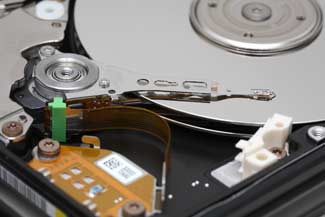New strategies for automatic control of industrial processes

Nowadays, the practical whole of industrial processes takes place in a fully automated way. As a matter of fact it would be quite complicated from finding some case in that the task is, still, carried out in a manual way. This high level of automation has associated the realization of a set of tasks of very different nature in a totally automatic way.
Control Engineering is of the synthesis of automatic controllers that allow carrying out these tasks being done according to some criteria or specification of the operation in charge. These specifications of operation are related with the operation that is wished to be carried out in an automatic way. For example, in a chemical reactor it will interest to maintain the concentration of the effluent component in a determinate value with the maximum of accuracy (gauging like this the quality of the resulting product). This wished concentration, can obviously change depending on the demands of production or on the levels of quality that they specify. In any case the task of the automatic controller will be the one of manipulating the process in order to adapt to the new situation (called servo or tracking problem) or, in its default, it will be demanded to keep the conditions of operation in spite of the possible adverse effect of external disturbances (called regulation or disturbance attenuation problem).
Control Engineering faces these problems through the use of the feedback of the output signal variable of interest of the process. However, to solve this problem of automatic control it is not so simple and it entails the consideration of a series of so theoretical problems (stability, mathematical representation, etc) as well as technological (measure and treatment of the signals, digital implementation of the controller, etc). One of these problems becomes due to an inherent limitation of the control system conception itself: the problems of tracking and regulation can not be solved in the same way, which entails that a controller that solves the problem of tracking in an effective way possibly has associated a low performance of operation when it works in regulation mode.
Image 1. Description of the configuration developed by the group of Automation and Advanced Systems of Control (ASAC).
What has been developed in these works from the group of Automation and Advanced Systems of Control (ASAC) is a configuration that manages the second degree of freedom existing in a control system so that both problems become orthogonal, therefore independent. This fact makes it possible that the specifications of operation can be treated by both problems (tracking and regulation) in a separate way. This fact, apart from simplifying the problem, allows possibilities of design that, in another way, are not possible.
The main advantage that the presented solution provides is the achievable performance when dealing with tracking problems. In such cases it would be possible to achieve positioning systems with high speed as well as precision.
References
"Reference controller design in 2-DOF control". Vilanova, R. ELECTRICAL ENGINEERING, 90 (4): 275-281 APR 2008.
"Optimal reference processing in 2-DOF control". Vilanova, R.; Serra, I.; Pedret, C.; Moreno, R. IET- Control Theory and Applications, 1(5), pp1322-1328, 2007.


